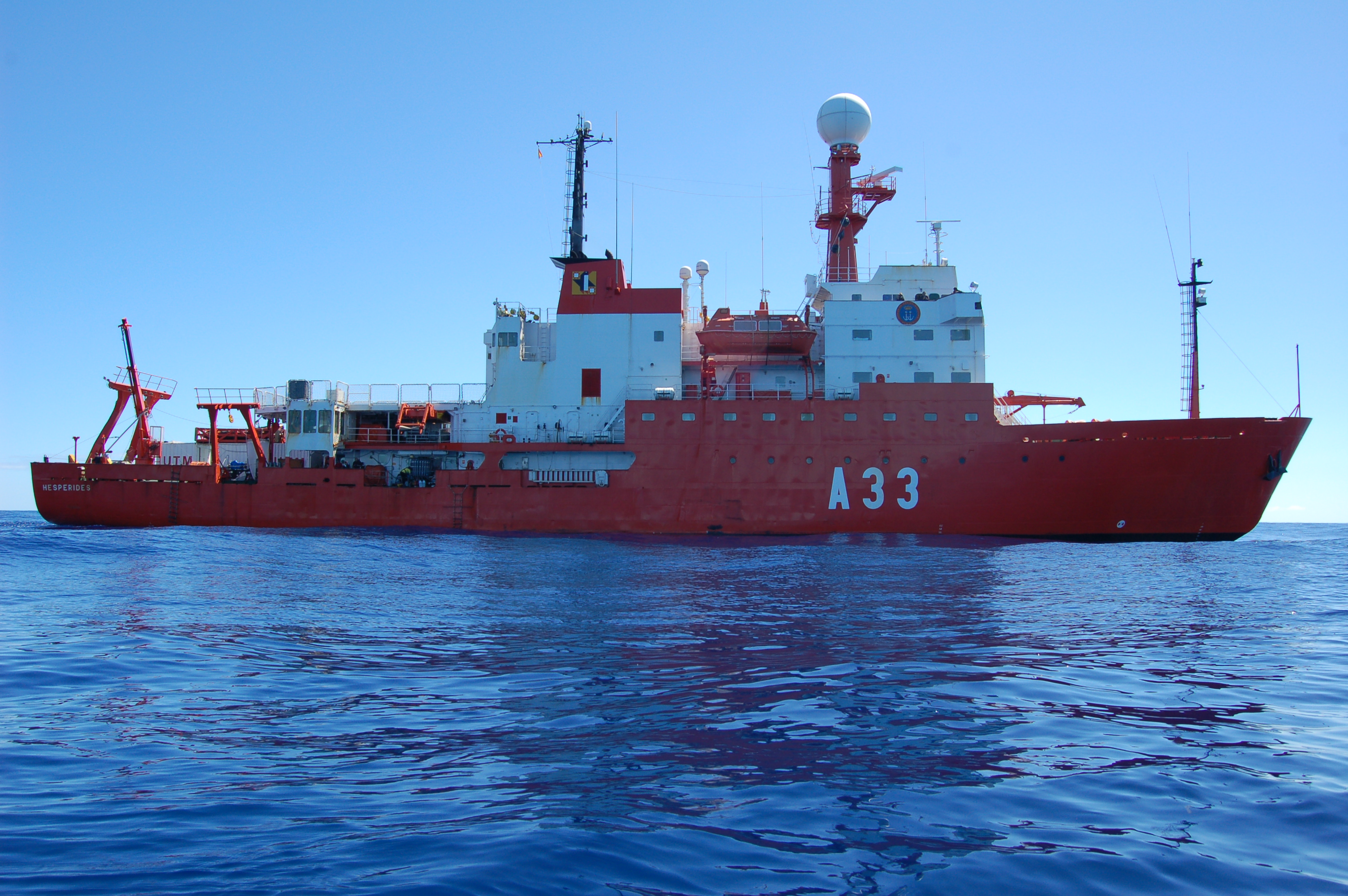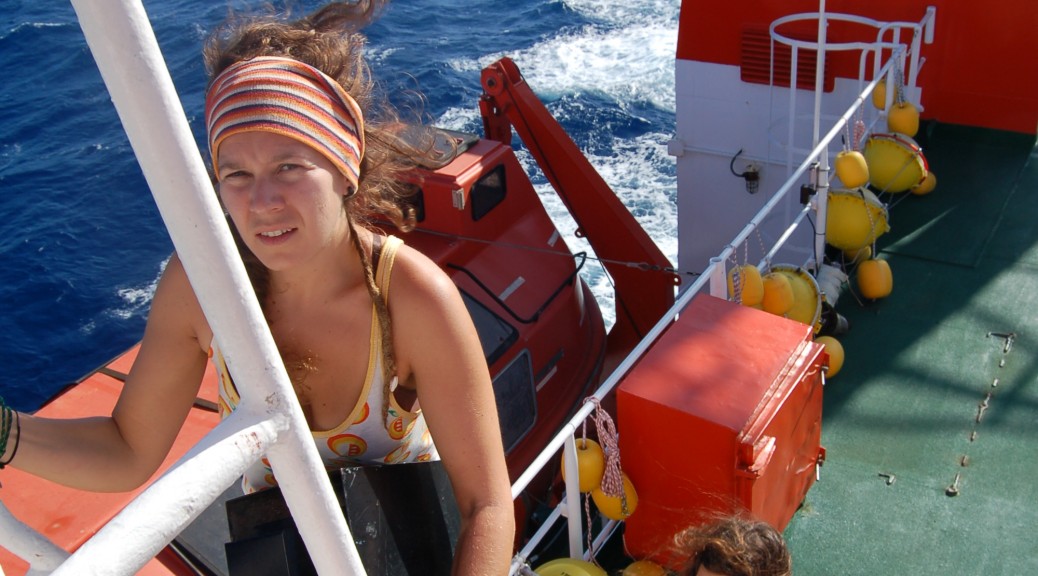Broken electronics sit on a shelf in one of the laboratories on the Hespérides, awaiting repair. Finger bones smashed by errant sampling bottles are knitting nicely, the medic says. And supplies ordered last week before we lost our main satellite connection await the ship in port. The Hespérides is now pausing in Perth, Australia. The ship stays long enough to pick up more supplies, drop off some researchers, and pick up a few more before heading off to Sydney. It’s also a chance for the sailors and scientists who continue to Sydney to recharge their mental batteries after 30 days at sea. Continue reading Malaspina Expedition: Pausing in Perth
Category Archives: Indian Ocean
Malaspina expedition: Cosmopolis of specialists
S 30° 19’ 58″ E 103° 18’ 31″ – The showers overflow when the ship rolls. Lunch often resembles the previous night’s dinner, and one researcher slouched on the sofa in the scientist’s lounge grumbles, “My four-year-old and her friends party more than this.” So much for quality of life. But the location and neighbors are little-explored and could give that researcher a shot at publishing a handful of original papers. That’s enough of a draw for a couple hundred scientists and technicians to abandon their homes and families for a month or two each. All the researchers here are specialists of one stripe or another, and the Hespérides is like a small hostel, a stopover in the mobile city of science. Continue reading Malaspina expedition: Cosmopolis of specialists
Malaspina expedition: Not an obsession
S 29° 36’ 4″ E 95° 00’ 33″ – One winter’s evening in Callao, in Spain’s viceroyalty of Perú, Luis Née packed his botanical equipment for a voyage. The 59-year-old botanist had arrived in Perú with the Malaspina expedition from Australia in late July 1793. The Descubierta would continue through the Strait of Magellan to Buenos Aires, on the other side of the continent. Née would walk. Continue reading Malaspina expedition: Not an obsession
Malaspina expedition: Persistent pollutant pursuers
S 29° 48’ 2″ E 82° 42’ 50″ – A dorado shimmers below the surface, flitting its radioactive blue fins and flicking its yellow tail as it circles a vertical net dangling from the Hespérides. The dorado is the largest animal we have seen since leaving the African coast. It might see our nets as competition, or as a handily packaged snack. An open ocean predator, the dorado is probably laced with polychlorinated biphenyl (PCBs), one of the compounds subject to limits by the Stockholm Convention on Persistent Organic Pollutants (POPs).
Despite successful international efforts to limit the use of early pollutants such as dichlorodiphenyltrichloroethane (DDT), people continue to invent new substances which leak from everyday use into the wider environment. Some of those chemicals break down quickly under the sun’s ultraviolet rays or by mixing with water. They pose little long-term threat. Researchers refer to more durable chemicals as persistent. It’s a good word for the pollutants.
Continue reading Malaspina expedition: Persistent pollutant pursuers


